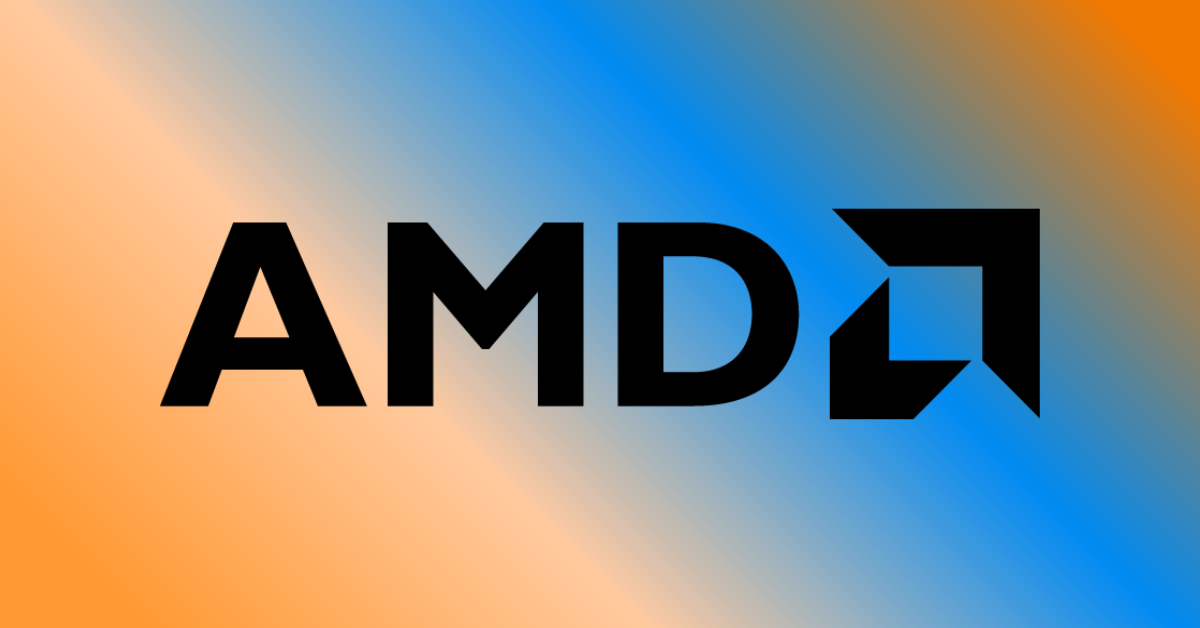In a significant stride towards democratizing Artificial Intelligence (AI) technology, AMD has been leading efforts to bring advanced AI processing capabilities to local PCs. The semiconductor company’s RyzenTM AI and AMD XDNA architecture aims to shift AI workloads from the cloud to individual hardware, offering improved latency, enhanced data security, and faster processing.
Over the past few years, AI has evolved from science fiction fantasy to practical applications in various fields. Many AI applications currently reside in the cloud or require large-scale computing systems. AMD’s vision is to broaden access to AI and AI software development by making sophisticated AI processing available on local PCs.
One of the key components of AMD’s initiative is the Ryzen AI engine integrated into select Ryzen 7000 Series mobile processors. This dedicated, on-die accelerator enables the execution of AI workloads on the device itself, reducing reliance on cloud-based services and promoting efficiency.
While the hardware aspect has been discussed extensively, AMD has not overlooked the software side of the equation. The upcoming Ryzen AI Software Platform, set to launch widely later this year, will provide developers with the essential tools to integrate AI capabilities into existing applications and create innovative programs harnessing the potential of AI.

In May 2023, AMD initiated the public phase of its software rollout, providing developers with demos and code samples to experiment with. This summer, the company is further engaging developers with interim releases that add support for new operators running on the Integrated Processing Unit (IPU). Additionally, the platform will offer quantization support for ONNX, PyTorch, and TensorFlow models, ensuring smoother AI model deployment and execution.
Developers will have the flexibility to work with trained models in popular formats like PT, TF, and ONNX. These models can be quantized into INT8 using either AMD Vitis AI Quantizer or the Microsoft Olive Quantizer. The ONNX Runtime with the Vitis AI Execution Provider will automatically decide whether to run workloads on the CPU or the AMD XDNA AI Engine, based on workload characteristics, further optimizing performance.
Later this year, AMD plans to release additional toolchains, libraries, and guides that simplify AI development. The company aims to shrink the gap between hardware debut and end-user software availability, enabling programmers and end-users to experience the benefits of AI processing even at this early stage of development.
With the interim release this summer and the expanded functionality slated for later this year, AMD is fast-tracking the development of a robust AI ecosystem. The Ryzen AI Software Platform promises to propel AI innovation and make the advantages of this cutting-edge technology accessible to developers worldwide.
As AMD marches towards its goal of revolutionizing AI processing, it also plans to extend support to Generative AI models, further expanding the platform’s capabilities and potential applications.
AMD’s Ryzen AI Software Platform signifies a pivotal step towards empowering local PCs with advanced AI processing capabilities. By bridging the gap between hardware and software, AMD is driving the development of an AI ecosystem and bringing the transformative potential of AI to developers and users alike.


